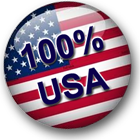Have you found decades-old 8mm or 16mm film reels in your grandparents’ attic? There are precious family memories in those film reel cans – perhaps your dad as a toddler, or your grandmother who is long gone, or maybe the 1960’s car your father drove …
Before you hurry to the video transfer lab to convert your old film to DVDs, be aware of seven warning signs to look for in a video transfer lab.
Red Flag #1 – The work is not done in-house. Even if the lab is a brick and mortar store, because of the complexity of film transfer, some labs outsource the work and ship the film out, so make sure to ask. If you are not comfortable having your 8mm or 16mm film packed, shipped, choose a lab that does the work in-house.
Red Flag #2 – Disorganized work space – Look around the store, does everything look organized and in-place or is the trash can spilling over? Is each separate family’s order stored in clear, marked bins to minimize mix-ups and loss or are they piled up on counter tops in a disorganized fashion?
Red Flag #3 – Careless handling of film reels and tapes – Note how the technician handles your precious media. If they simply toss slides, film reels, tapes into a bin without much care, that’s a big warning sign. If they can’t even handle your home movies with care while you are still in their face, what do you think will happen when you are not there.
Red Flag #4 – Receipt of exact counts – you are not dropping off your drycleaning, leave 7 shirts and get 6 back situation. A shirt is replaceable, a VHS tape is not. So make sure the lab gives you a receipt stating the exact count of each type of media – VHS/VCR tapes, 8mm film reel, or audio cassettes – that you leave behind. If they brush you off with , “Don’t worry, we’ll take good care of it.” that’s precisely when you should worry. It suggests a lack of systems and procedures.
Red Flag #5 – Items not tagged with a unique ID – VHS tapes all look alike. Your 8mm film reel may have precious footage of your long-gone grandmother, but sorry, it looks just like the other hundreds of film reels in the lab. If the lab does not tag each item with some unique identification, how will they know if your tapes get mixed up with another family’s? If I choose not to run out of the store by then, I would insist they tag it while I’m there.
Red Flag #6 – Customers not asked to verify ownership at pickup – While you are waiting at the counter, try to observe how other customers come in to pick up their orders. Is their pick-up bag clearly labeled? Does the receptionist ask them to verify that the film reels or vhs/vcr tapes in the bag belong to them? Mix-ups can happen and the responsible, experienced video transfer lab has good habits like verifying ownership when a customer picks-up her order.
Red Flag #7 – Open beverage containers or trash bins – When coffee spills on your keyboard at work, at most, it costs you the price of a new keyboard. But, if a lab technician spills coffee on your VHS tape, or your childhood photos, you cannot replace it. So, although this sounds silly, trust me, if you see open beverage cups around in the lab, or unlidded trash cans, you ask them why they don’t take more caution with your precious, irreplaceable media.
Watch this entertaining video about how our Newton, MA video transfer lab does to protect your tapes and film reels against loss, damage and mix-ups: Do No Harm Video
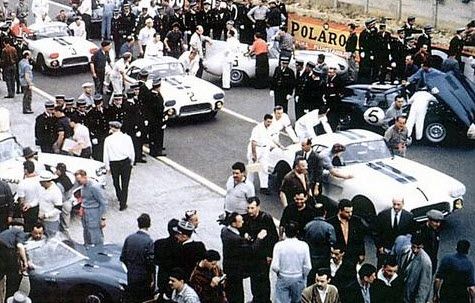

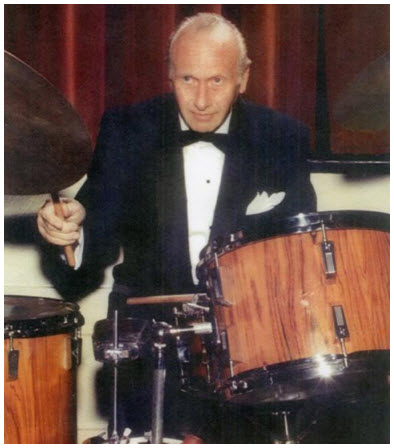
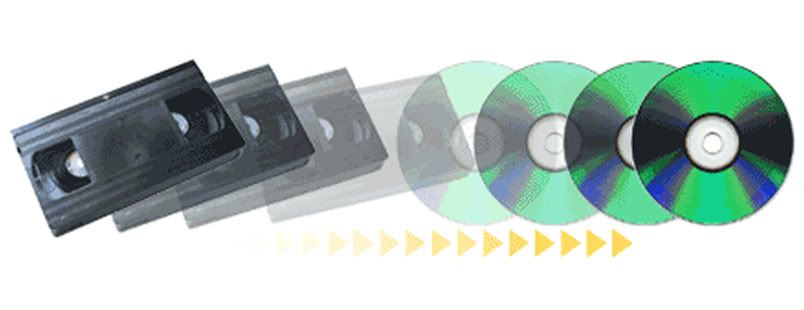
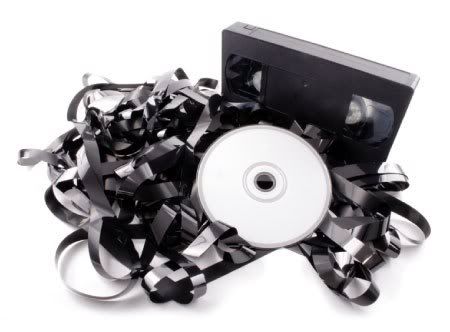
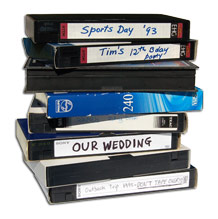
 Five Benefits of a Professional VHS to DVD Service
Five Benefits of a Professional VHS to DVD Service

